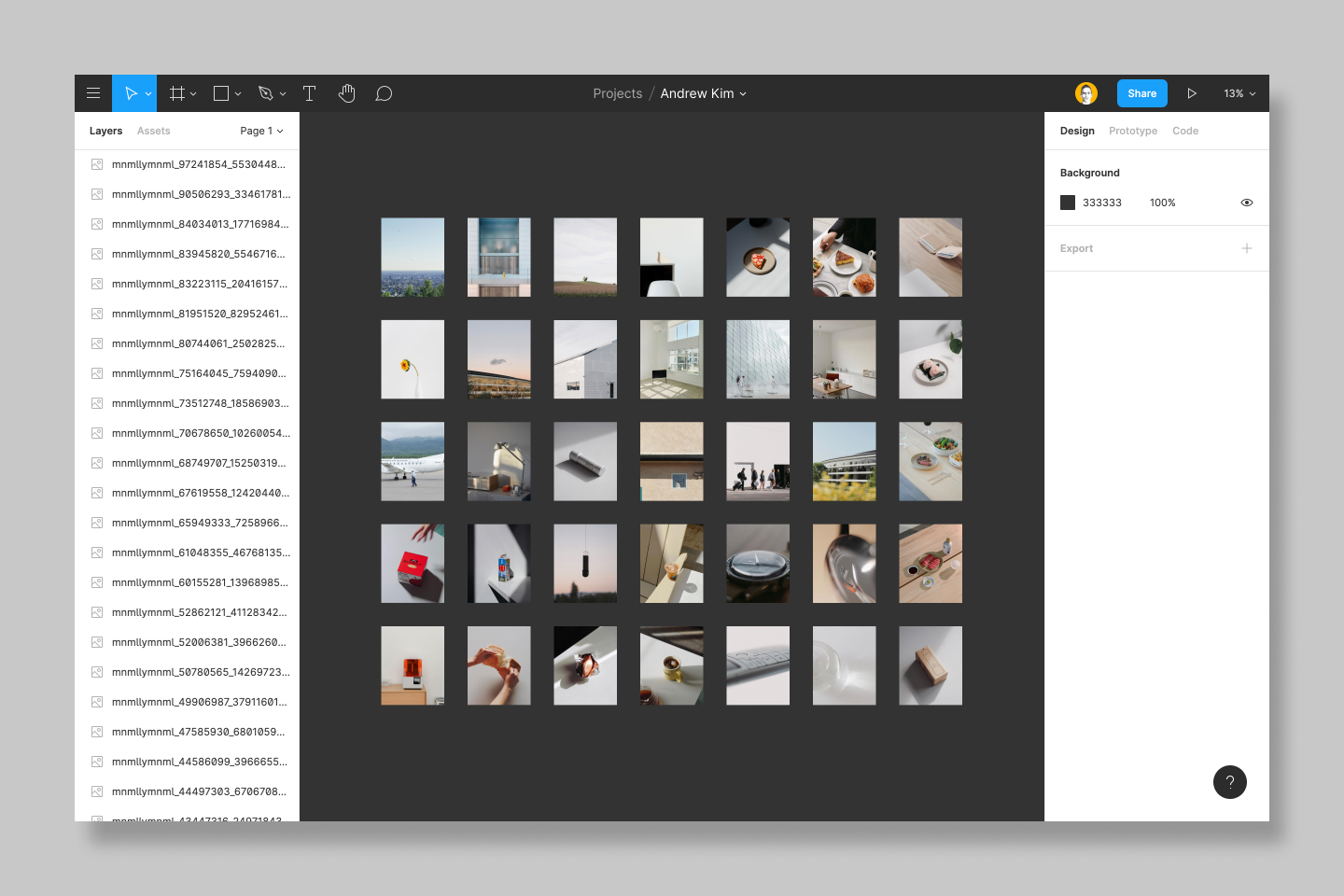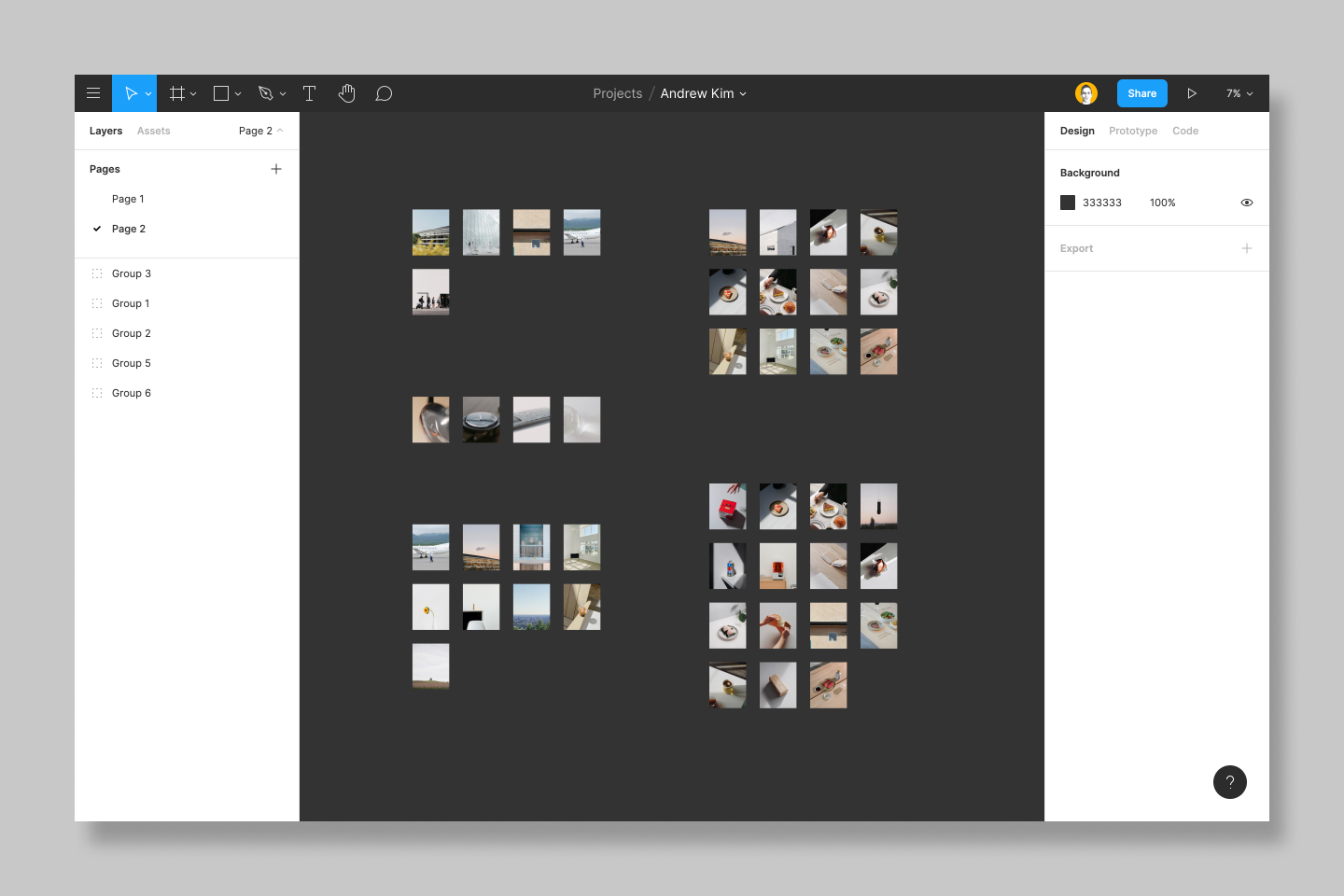
The Three A's method for learning from other creators
5 min read Jul 23, 2020
When doing creative work such as design or photography, I frequently reference Making music. Previously, I wrote about how it’s an excellent playbook for all creative people, not just musicians.
One of my favorite sections is the Catalog of Attributes. It addresses the age-old problem of how to take inspiration from the work of others without plagiarizing. The following is an excerpt from the solution the book suggests.
Listen carefully—and many times—to the piece that inspires you (the “source”). Study it, element by element and layer by layer, until you can write down a catalog of its attributes. Once the catalog feels complete, set aside the original source, instead referring only to the catalog as a template for your own new work (the “target”).
From this quote it’s clear that it’s not enough to only casually scroll through a social feed to get inspiration. We must carefully study the material.
I’ve tried the method described above, but many times, I can’t pinpoint what the individual elements and attributes are. I know the work I’m looking at is good, but it’s slow and difficult to pick it apart.
I’m going to introduce you to the method I use to learn from other creators. Today, I focus on Instagram photos, but this method easily applies to any other creative work where the quality of that work is the sum of many different subjective variables.
Three steps
The method breaks down into three steps:
- Accumulate
- Arrange
- Analyze
These steps mimic the process of physically collecting photographs, laying them out on the ground, grouping ones with similar qualities, and then analyzing each group’s elements.

In the physical world, this can be tedious. Fortunately, we have digital tools that make this process easier, faster, and more flexible.
Step 1 · Accumulate
The tools you will need for this step are as follows:
- Instagram account: You’ll need one since Instagram limits what non-users can see.
- The Downloader for Instagram extension: With it, we can easily download photographs from Instagram.
- Figma: Since it’s free and browser-based, Figma makes the perfect canvas for projects like these.
As an example, we’ll be looking at Andrew Kim’s photographs. His website, Minimally Minimal was quite popular among design enthusiasts for the last decade, and his photographs are a crucial driver of that popularity.
We’ll start by using the Downloader chrome extenstion to download the photos from his Instagram feed that we like the most. We can then drag all the photos into a new Figma project.

Step 2 · Arrange
The next step is to arrange similar photos into groups by dragging them around the canvas. Holding alt, we can drag duplicates in case that a photo fits in multiple groups.

We may start to do some analysis at this point, but thinking too hard can slow us down. We want to work as quickly as possible and let our taste and creative eye do all of the decision-making. If two photos seem similar, we should group them, even if at the moment, we can’t think of what makes them similar.
Like any other creative skill, the more we do this, the more we can improve. With time we’ll get quicker at grouping similar photos.
Step 3 · Analyze
The third step is where we start to learn from our source material. We should look at each group and see which attributes stand out the most. We sought out multiple different similar pieces and grouped them because it helps bring out the essential features.
For example, one pattern I noticed in Andrew’s work is how he composes images where are the subject is a single object. He tends to place that object off-center and keep it quite small in the frame, leaving a lot of space surrounding it.
In another group of photos, I noticed a pattern of using diagonal lines. When there is a line across the image such as the edge of a table or where a floor and wall meet, he places that line at an extreme angle. This technique not only results in an aesthetically pleasing image. It is also much easier to execute than trying to align it with the edge of the frame. You have probably experienced how frustratingly difficult it is to photograph a perfectly horizontal or vertical line.
One last example from Andrew’s work is his use of lighting. Many of his photos feature long shadows that look like they are cast by natural sunlight. They tell us that he is taking those photographs when the sun is near the horizon, likely at sunset. If you look at the colors, we see that the shadows aren’t black, and the highlights aren’t pure white. We can guess from here that he is very likely reducing the contrast of his images when postprocessing. This technique allows highlights and shadows to coexist. Normally, if you try to expose for the shadows, then the highlights get too bright and if you expose for the highlights, the shadows get too dark.
After analyzing all the different groups that we made, we should write up some notes with our analysis. However, before going out to shoot, we should put away our notes.
By avoiding directly replicating our source material, we can then embody the lessons that we have learned and let our individual creativity control the process.
Final words
As I mentioned earlier, this method applies to any creative work where there is a non-obvious, subjective difference between good and great.
There is a caveat to keep in mind. Not all learnings can be applied to our work. The elements of a successful Instagram image, may not translate to a large poster printed and mounted on a wall.
Why learn from others’ work? Everything is a remix. As creators, we should learn from those who came before us and pay tribute to them by remixing those learnings into something new.
I hope this method provides a good starting point to learn from those who inspire you.
Thanks to Q for reading drafts of this.